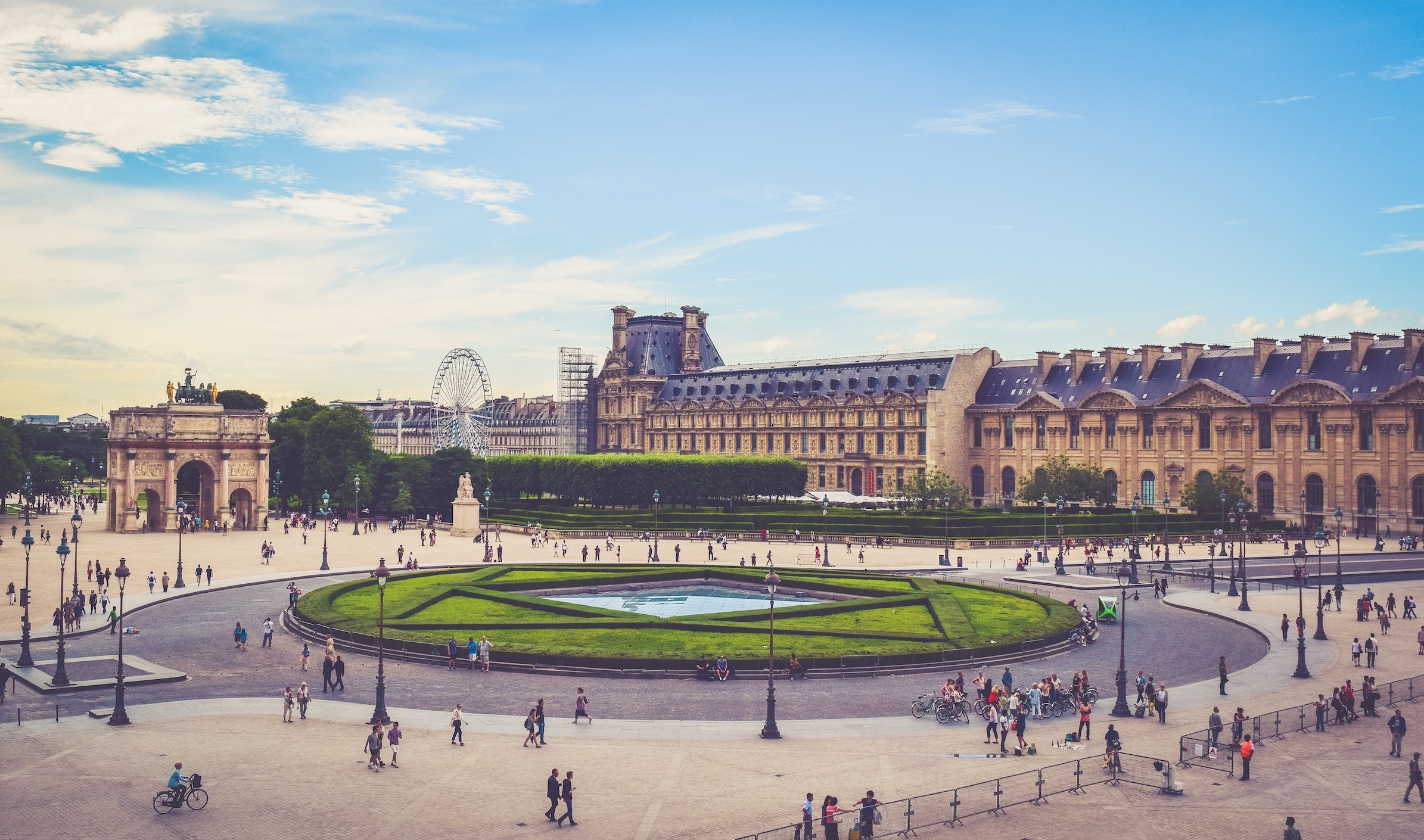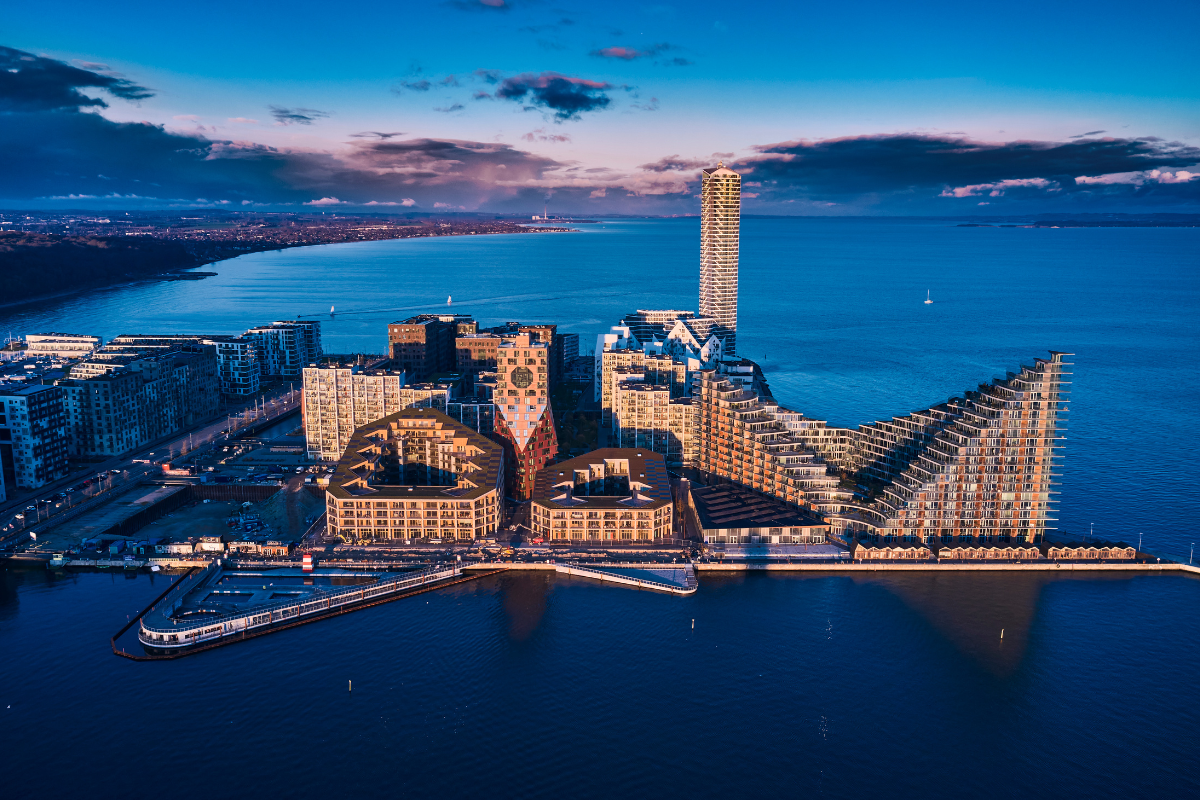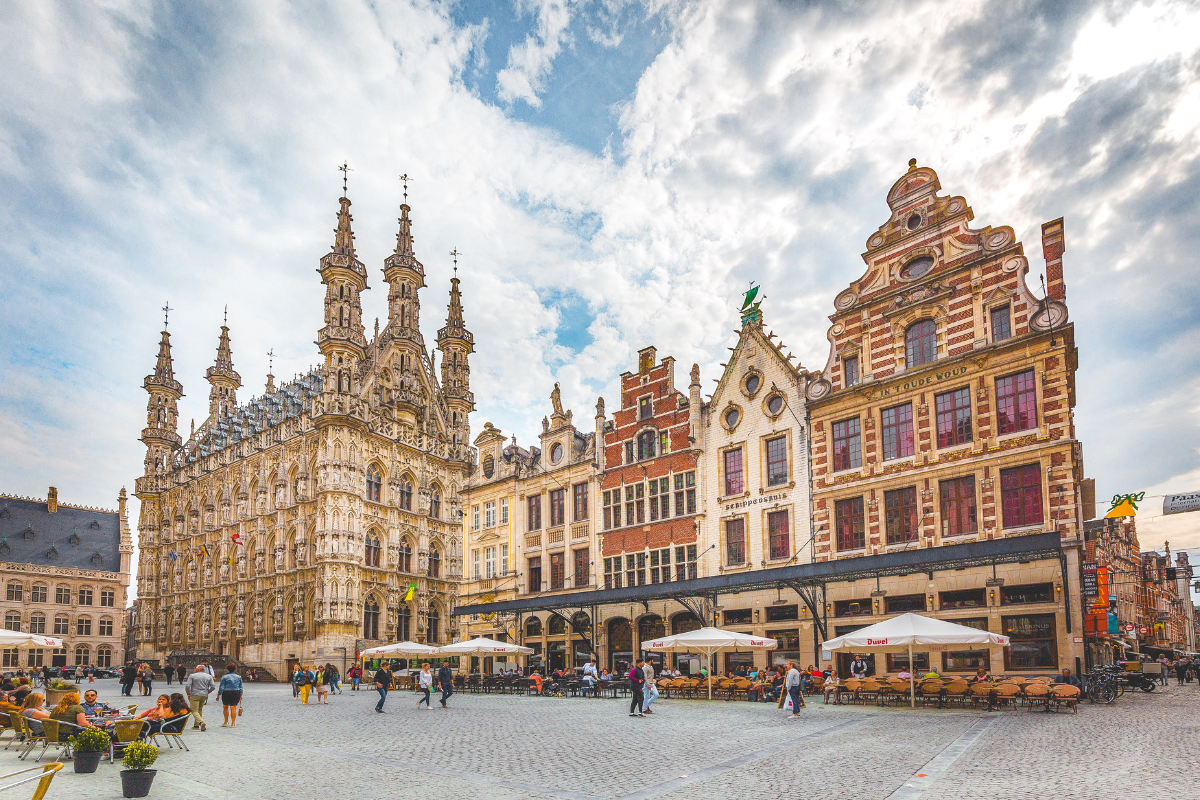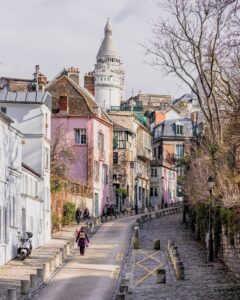
We know you know about all the major sites and attractions: the home of the Mona Lisa and that iconic class pyramid, the Lourvre; Notre-Dame de Paris in all of its Gothic glory; the universal symbol of Paris, AKA the Eiffel Tower; the Arc de Triomphe-topped Champs-Élysées… you get the picture. What we want you to know about are all the other things that make Paris worth all of the hype and clichés.
Let’s dig in.
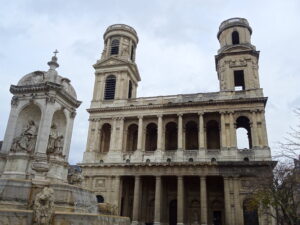
A 20 minute walk past the long lines of the popular Notre-Dame takes you to one of the city’s largest churches — second only to Notre-Dame — the 17th century Saint-Sulpice in the 6th arrondissement. Fans of the book-turned-movie The DaVinci Code may recognise Saint-Sulpice as the supposed location of the Paris Meridian, named Rose Line in the story, and there’s even a sign inside of the church stating the falseness of this claim. What visitors will find, is a nearly 11 metre tall gnomon – essentially a sundial – with a brass meridian line running down it and along the floor. Other highlights include sculptures by Jean-Baptiste Pigalle, murals by French Romantic painter Eugène Delacroix, as well as a truly impressive organ.
A trip to Paris is incomplete without plenty of baked goods, and lucky for you, you’re right next to the best macaron shop in town, Pierre Hermé. Feast your eyes upon the incredible pastry creations before treating yourself to a selection of the brightly coloured and perfectly flavoured delights that are macarons. It’s morning, so why not splurge and throw in a flaky, buttery croissant for good measure. Take your delectable bounty and saunter over to Le Jardin du Luxembourg, which were created in 1612 and are arguably Paris’ most famous gardens. This is a place to just… be. Stroll through the trees and perfectly manicured lawns. Admire the statues. Watch remote controlled boats drift across the pond. Find a place to sit back, relax, and people watch, as you discover which flavour of macaron is your favourite. Slow down and enjoy the scenery. You’re in Paris, after all.
Another good bet while in this area is Café de Flore. As one of the oldest cafes in Paris, you’re sure to find not only excellent food but also a healthy dose of interesting history, since it was frequented by artists like Pablo Picasso and the beginnings of the Dadaist movement can be traced back to the café.
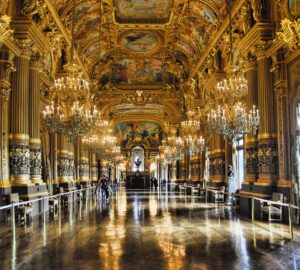
If you love to shop (and even if you don’t), head to Galleries Lafayette, a department store so beautiful that the building alone is worth the visit. With a giant dome ceiling, amazing Paris views from the rooftop terrace, more than a dozen places to grab a bite or a coffee, and events that include wine and cheese tasting and macaron baking classes, this store is so much more than simply a place to buy clothes – it’s a destination. Next up and conveniently located right across the road from Galleries Lafayette is the stunning opera house, Palais Garnier. With ample gold gilding, an enormous double staircase made for the grandest of entrances, fresco ceilings including one painted by the cubism-inspired artist Marc Chagall, and hundreds of performances per year, there is plenty to see and love at the Palais Garnier.
10 minutes on foot from the Palais Garnier will take you to a behemoth of a church that looks like it’s been airlifted out of ancient Rome and dropped into the centre of Paris, La Madeleine. While the exterior of the church resembles a Roman temple, the inside design of the was inspired by Roman baths making for a lavishly decorated interior. Just like Saint-Sulpice, entry is free during opening hours. A short walk from La Madeleine towards the Seine will take you to the city’s largest public square, Place de la Concorde, flanked on either side by the Champs-Élysées and Tuileries Gardens.
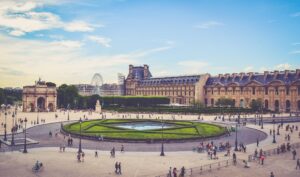
Created in 1772, it originally served as an execution site, and is where many, including Marie Antoinette and King Louis XVI, met their headless fates. Today, it’s better known for its 3,000+ year old Egyptian obelisk, which once marked the entrance of Luxor Temple in Egypt, and two ornate fountains. Soak up your surroundings, watch people bustling by as they go about their days, and allow the spirit of the City of Light to fill you with life.
The best way to experience and discover Paris is to roam the streets; around every corner is the opportunity to stumble upon your new favourite pocket of the city, and you never know what you may find. Perhaps you’ll find the most colourful street in Paris. And, if all else fail, do as the locals do and grab a bottle of wine and some salami, pop into a boulangerie for a baguette, then top it off with a stop in a fromagerie for some heavenly French cheese, and make your way over to the Canal Saint-Martin for a truly perfect spring or summer evening picnic, Parisienne style.
